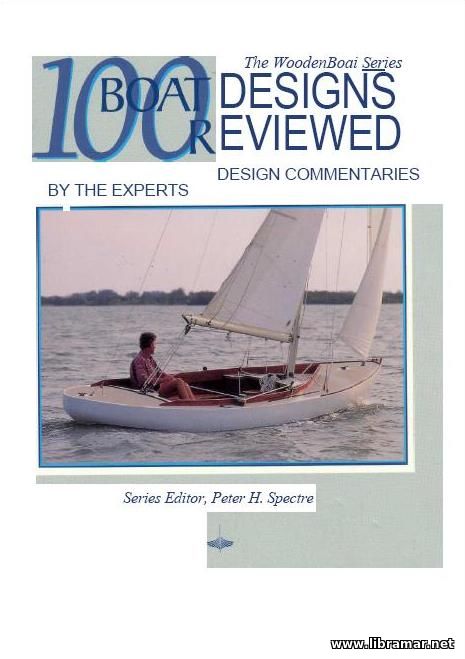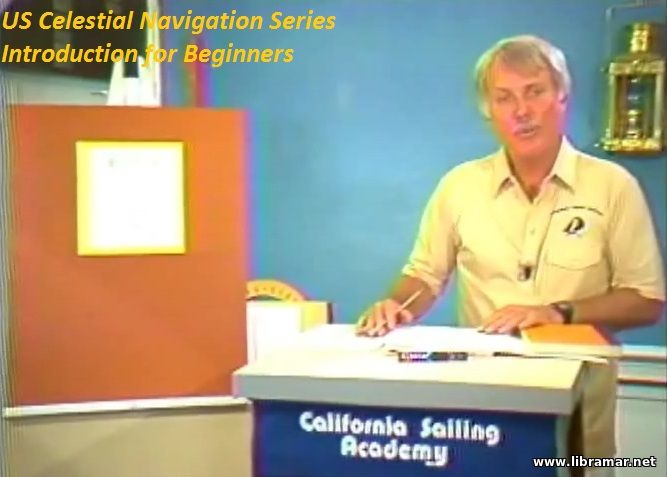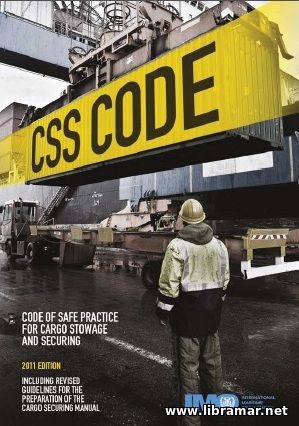Plate Tectonics

The young earth's molten surface was in constant motion, like the lava in an active volcano today. As a solid crust began to form, it was carried about on the surface by the moving magma beneath. Although this crust has grown thicker and stronger over time, it is still in motion atop the moving mantle.
The crust is divided by a world-wide system of faults, trenches, and mid ocean ridges into six major plates and many minor plates that fit together like the pieces of a jigsaw puzzle, as you can see on the image.
These plates, however, move and change shape. In some places, they slide past one another; in others, they collide or move apart. The theory that explains how these processes work to shape the crust is called plate tectonics.
apart. The theory that explains how these processes work to shape the crust is called plate tectonics.
The earth's surface consists of two kinds of crust. Oceanic crust is thin (about 5 to 7 miles) and dense. The rock that makes up the continents, however, is thick (10 to 30 miles) and relatively light. A continent rises high above the surrounding oceanic crust and extends deeper into the mantle-like an iceberg in a frozen-over sea.
 Sometimes a plate splits and begins moving apart. This is the way ocean basins are formed. The picture on the left shows a rift forming in the middle of a continent. As the two parts of the continent pull away from each other, magma rises from the mantle and solidifies in the gap, forming a mid ocean ridge. New crust being thinner but denser than the continents spreads outward between the two "daughter" continents. The Atlantic Ocean was born in just this way about 200 million years ago when North and South America split away from Europe and Africa.
Sometimes a plate splits and begins moving apart. This is the way ocean basins are formed. The picture on the left shows a rift forming in the middle of a continent. As the two parts of the continent pull away from each other, magma rises from the mantle and solidifies in the gap, forming a mid ocean ridge. New crust being thinner but denser than the continents spreads outward between the two "daughter" continents. The Atlantic Ocean was born in just this way about 200 million years ago when North and South America split away from Europe and Africa.
Where plates meet head on, several things can happen. If oceanic crust meets oceanic crust, one plate is subducted that is, it slips beneath the edge of the other plate and descends into the mantle, forming a trench in the ocean floor. The descending plate is melted by the hot mantle in the subduction zone. Some of its minerals melt at lower temperatures than others and rise through the crust as magma, which may either cool and solidify within the crust, forming igneous rock such as granite, or reach the surface as volcanic lava.
If one of the converging plates is made up of continental crust, it overrides the heavier oceanic plate, which bends downward in a trench along the continental margin. When this happens, magma from the descending plate may erupt in continental volcanoes like Mount St. Helens. If both of the plates are continental, the collision buckles and folds the rocks including the sedimentary rocks at the edges of the continents-into great mountain ranges like the Himalayas.
The "Read Later" function allows you to add material to this block with just one click. Just click on the icon and read the articles that interest you at any convenient time.


